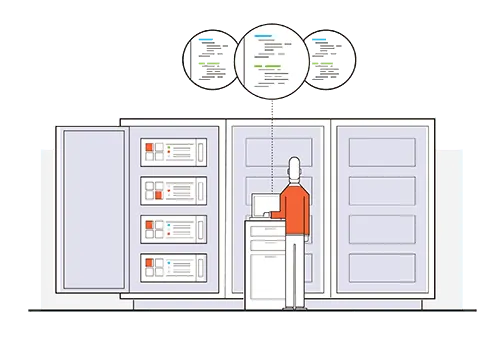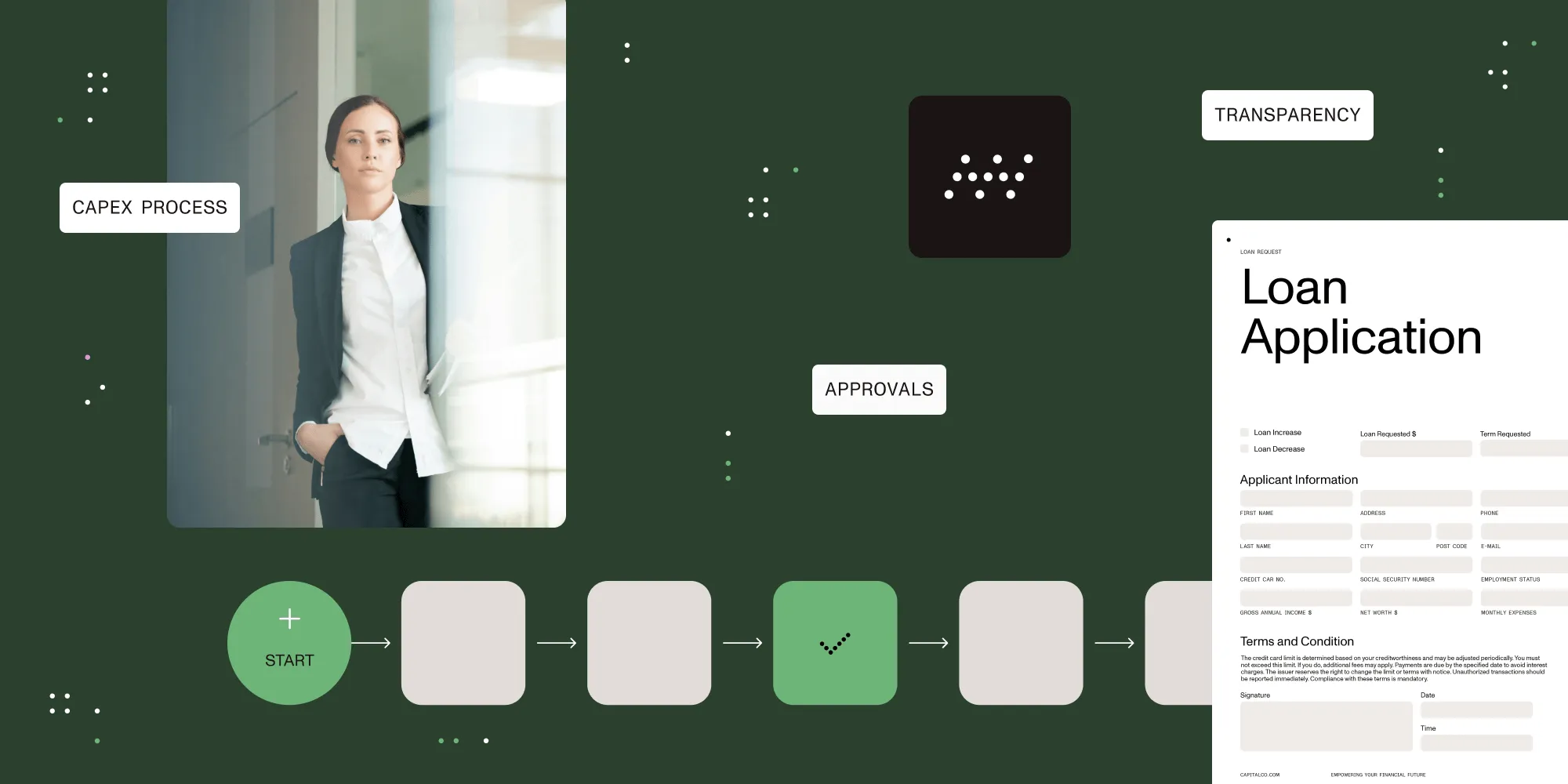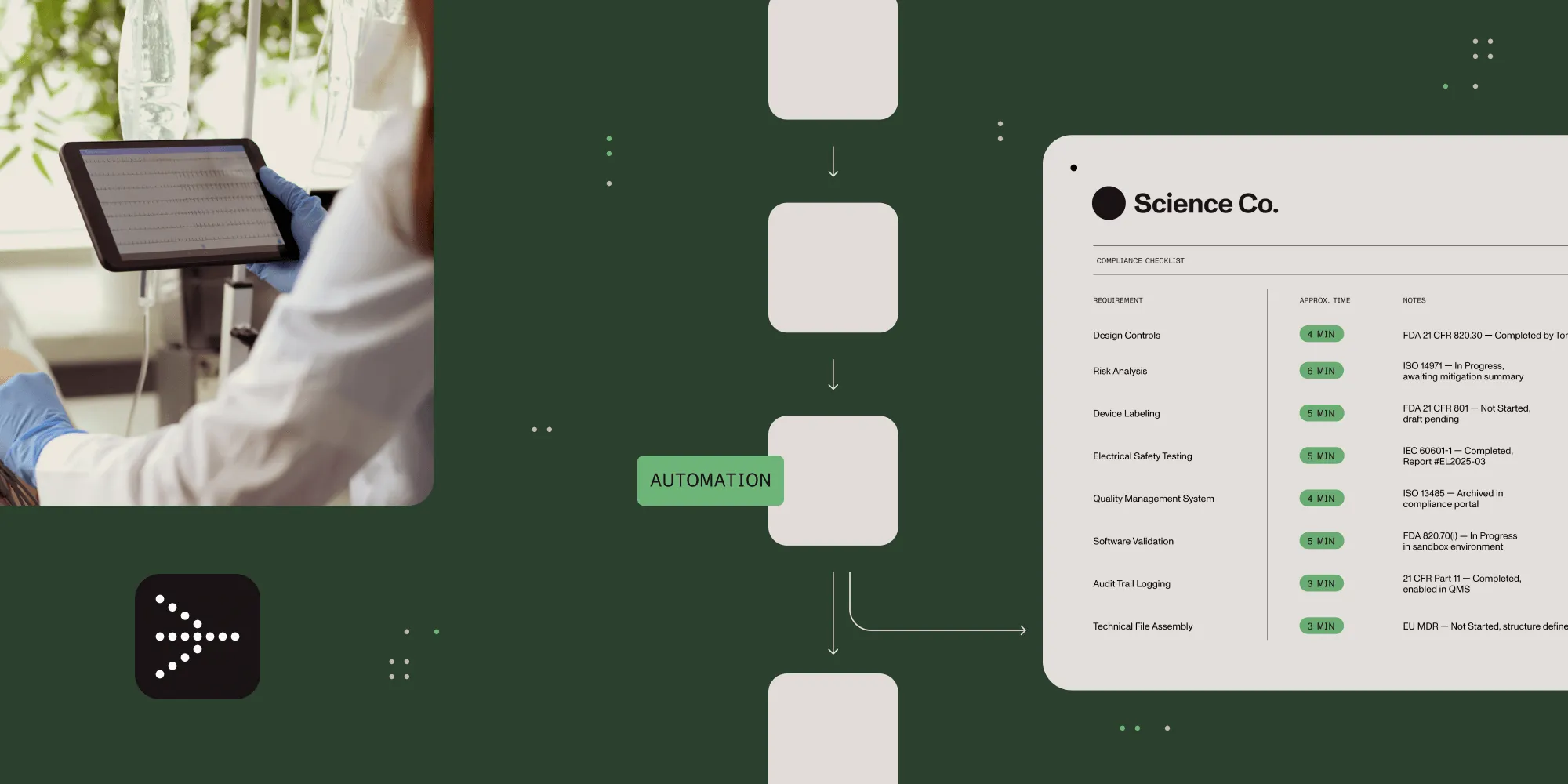The complete guide to on-premises (self-managed) workflow management software

A corporate policy may require installing Nutrient Workflow on your servers, or you may also want to integrate with existing internal applications, like Active Directory, for user management. Not a problem. Many Nutrient Workflow customers have successfully deployed Nutrient Workflow’s self-managed solution, and we offer the option of installing it locally or in your cloud environment.
Our self-managed server licenses are fully backed by the same subscription contracts as our cloud option. We have configuration options available for named, concurrent, or unlimited users.
Why you’d want your software on your servers or cloud
You might choose to install our software on your premises if you need to integrate with systems that cannot be exposed to the internet, or your corporate policy requires that your data reside within your company’s firewalls. Integration with Active Directory is also available with the on-premises option. This option requires internal IT resources to install, configure, and maintain the app server(s), and hardware or virtual hardware is required to run the system.
Several factors determine the actual size of your specific Nutrient Workflow installation:
- Number of concurrent users. Impact — Application server traffic and database concurrent connections
- The volume of requests. Impact — Database connections and the size of the database
- Size and complexity of individual processes. Impact — The database size
- Size of attachments attached to requests. Impact — Application server disk space
However, the primary factors in sizing will be the number of concurrent users/transactions and the process size (i.e. the number of tasks/complexity). The larger the process and the larger the number of requests for that process, the more processing is required on the application server and the database server.
Requirements for installing Nutrient Workflow’s Self-Managed Solution
You can view the full requirements(opens in a new tab) on our help site.
- Windows 2008 R2 Server, Windows 2012 Server, Windows 2016 Server, or 2019 (any edition)
- IIS 7+: The minimum IIS feature configuration needed is below.
- Web Server (IIS)
- Web Server
- Common HTTP features
- Default document
- Directory browsing
- HTTP errors
- Static content
- Security
- Request filtering
- Basic authentication
- Application development
- .NET extensibility
- .NET 4.x
- ISAPI extensions
- ISAPI filters
- Common HTTP features
- Web Server
- Web Server (IIS)
Why choose Nutrient Workflow?
There are a variety of reasons to choose Nutrient Workflow Automation Platform, outlined in the following sections.
Deployment options
Nutrient Workflow offers both cloud-based and on-premises solutions, allowing organizations to select the deployment model that aligns with their infrastructure and security requirements:
Cloud-based solution — Fully hosted and managed by Nutrient Workflow, with automatic updates, scalability, and minimal IT overhead.
On-premises solution — Installed on your own servers or private cloud, giving you full control over security, compliance, and infrastructure.
Security controls
Security is a top priority for Nutrient Workflow. While specific encryption details aren’t explicitly stated in the provided sources, the on-premises option offers robust security features, including:
Active directory integration — Sync user data and authentication settings for seamless access control.
Data behind firewalls — Keep sensitive data within your corporate network.
Customization options
On-premises deployment allows for extensive customization:
Custom workflows and forms — Drag-and-drop builder with JavaScript and CSS support for advanced customization.
Infrastructure control — Choose physical servers or a private cloud deployment based on business needs.
Extendable system — Ability to add custom scripts, plugins, or API integrations tailored to internal processes.
Integration capabilities
A major advantage of an on-premises workflow solution is its ability to seamlessly integrate with existing enterprise applications without exposing sensitive data to external cloud providers:
- API support — The system provides a robust set of APIs that allow developers to integrate Nutrient Workflow with custom applications, databases, or third-party software solutions.
- Active Directory (AD) and SSO support — Organizations using Microsoft Active Directory can sync user data and authentication settings, enabling single sign-on (SSO) for secure and seamless login experiences.
Scalability
One of the key benefits of Nutrient Workflow’s on-premise ssolution is its ability to grow with an organization’s needs:
Unlimited forms and processes — No restrictions on the number of workflows.
Expandable infrastructure — Scale by adding more servers or storage based on workload growth.
Optimized performance — Dedicated resources ensure optimal performance without reliance on shared cloud environments.
Implementation case studies
Deployment process
- Step 1: Infrastructure assessment — IT teams analyze existing hardware, server capacity, and network configurations to determine the best deployment approach.
- Step 2: Installation and setup — Nutrient Workflow server software is installed on-premises, and core configurations are applied. This includes setting up security protocols, access controls, and process templates.
- Step 3: System integration and testing — The workflow solution is integrated with enterprise applications, and thorough testing ensures smooth operation before company-wide deployment.
Challenges overcome
- Legacy system compatibility — Many businesses still rely on older IT infrastructure, making integration complex. Nutrient Workflow is designed to work alongside legacy systems, enabling a smooth transition without requiring a complete system overhaul.
- Security compliance — Some organizations must adhere to strict regulatory frameworks. By keeping data within internal firewalls and providing detailed audit logs, Nutrient Workflow ensures compliance with government and industry-specific security regulations.
Nutrient Workflow supports various compliance requirements, including GxP compliance for pharmaceutical companies, as highlighted in the article about streamlining compliance with process automation article. This makes it a reliable choice for industries with strict regulatory standards.
Benefits realized
- Increased productivity — By automating repetitive tasks, organizations can reduce manual errors and speed up approval processes, freeing employees to focus on higher-value work.
- Cost savings — While initial setup costs for on-premises deployment may be higher than SaaS alternatives, businesses save money in the long run by avoiding recurring cloud subscription fees.
- Enhanced control — Companies retain full ownership of their workflow data, configurations, and customization options, ensuring they aren’t dependent on external providers for maintenance or updates.
Common concerns and FAQs
There are, of course, concerns associated with on-premises solutions, such as cost, time, and support. The following sections address these.
Cost considerations
- Licensing fees — On-premises workflow software typically requires an upfront licensing fee, which may be structured as a one-time purchase or an annual subscription.
- Hardware and maintenance costs — Unlike cloud-based solutions, on-premises deployment requires organizations to invest in their own server hardware, networking infrastructure, and ongoing maintenance.
- IT staffing requirements — Businesses need dedicated IT personnel to manage the system, apply updates, and troubleshoot issues.
Implementation timeframe
- Typical deployment timeline — Depending on the organization’s size and complexity, implementing an on-premises workflow solution can take anywhere from a few weeks to several months.
- Customization impact — Highly customized workflows and integrations require additional development time, which can extend the implementation process.
- User training and adoption — Training employees on using the new workflow system is a crucial step in ensuring smooth adoption.
Support and maintenance
- Vendor support — Nutrient Workflow provides technical support, software updates, and troubleshooting assistance through service-level agreements (SLAs).
- Internal IT requirements — Organizations must allocate IT resources to handle regular system updates, database management, and security monitoring.
- Backup and disaster recovery — Since data is stored on internal servers, companies must establish their own backup and recovery processes to protect against data loss.
Final thoughts
Choosing an on-premises workflow management solution gives businesses unmatched control over their processes, security, and infrastructure. Whether it’s for compliance, integration, or performance reasons, Nutrient Workflow’s self-managed deployment offers a robust, scalable, and highly customizable solution for enterprises looking to optimize their operations. If you’re interested in learning more, contact Sales, or try it for free.







